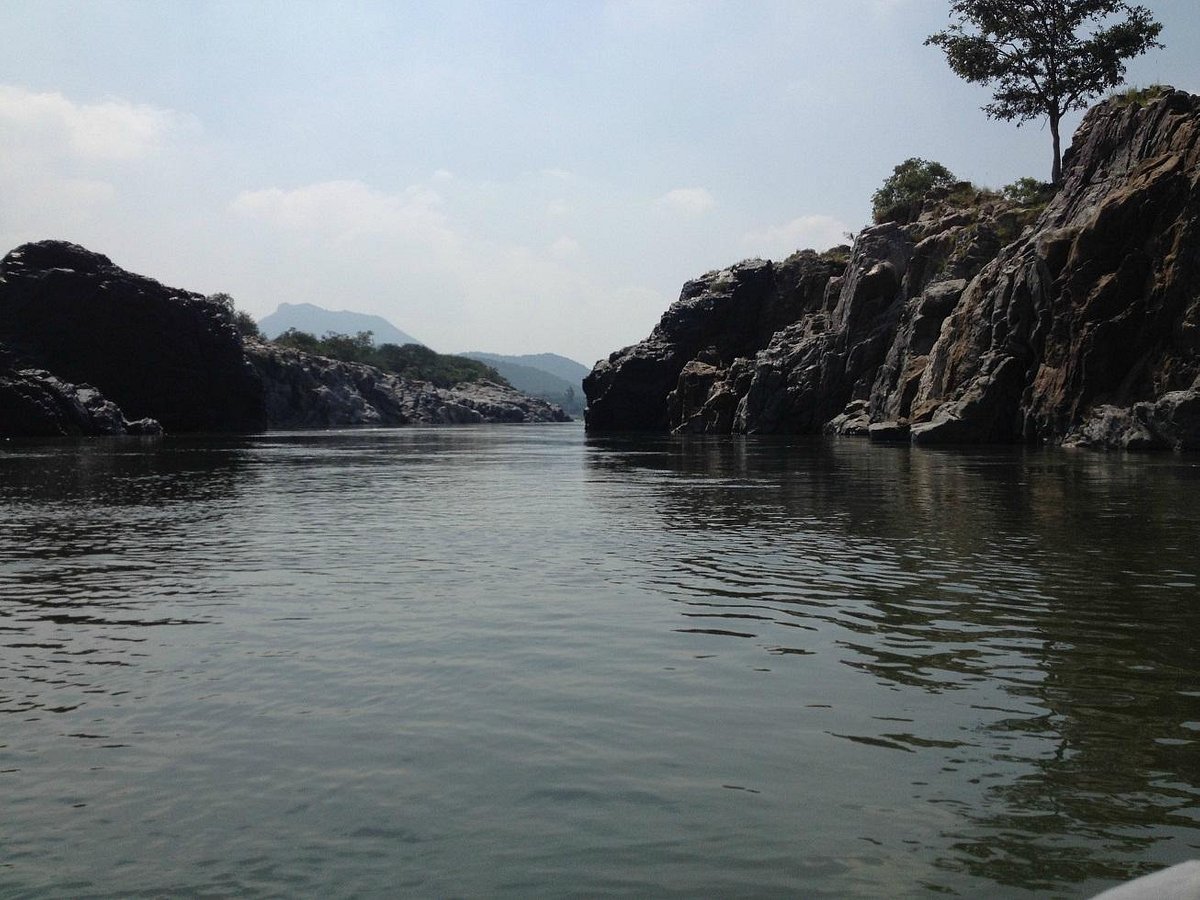Kaveri River

Flowing gracefully through the heartland of Karnataka and Tamil Nadu, the Kaveri River, fondly known as Cauvery, is more than just a source of water; it is a symbol of cultural heritage and spiritual significance deeply ingrained in the lives of millions of people. As one of the major rivers in southern India, the Kaveri holds a special place in the hearts of communities along its banks, shaping their traditions, rituals, and way of life for centuries. In this comprehensive exploration, we delve into the multifaceted layers of cultural importance that make the Kaveri River a revered entity in the fabric of Indian society.
The Kaveri River: A Cultural Icon:
Spanning a length of approximately 765 kilometers, the Kaveri River stands as the third-largest river in southern India, following the Godavari and Krishna rivers. Renowned for its cultural significance, the Kaveri River basin has been a cradle of civilization for millennia, nurturing thriving communities and fostering the growth of vibrant traditions and customs.
One of the key aspects that contribute to the cultural importance of the Kaveri River is its role in religious rituals and ceremonies. The river is revered as a goddess in Hindu mythology, with ancient scriptures and legends extolling its virtues and blessings. Pilgrims flock to sacred sites along the banks of the Kaveri to perform rituals, offer prayers, and seek spiritual solace, believing in the sanctity of its waters and the divine power it embodies.
Furthermore, the Kaveri River serves as a conduit for cultural exchange and artistic expression, inspiring poets, musicians, and artists to create timeless works that celebrate its beauty and significance. From classical Tamil literature to folk songs and dances, the river’s influence permeates every aspect of cultural life in the region, fostering a sense of unity and belonging among its people.
Religious Significance of the Kaveri River:
The Kaveri River holds immense religious significance in Hinduism, with numerous temples and pilgrimage sites dedicated to its worship. Among the most revered temples along the banks of the Kaveri is the Sri Ranganathaswamy Temple in Srirangam, Tamil Nadu, dedicated to Lord Vishnu. Devotees from far and wide visit the temple to seek blessings and participate in religious festivals, such as the annual “Theppam” or Float Festival, where idols of deities are ceremonially floated on the river’s waters amidst much pomp and splendor.
Another sacred site associated with the Kaveri is Talakaveri, located in the Brahmagiri Hills of Karnataka, believed to be the source of the river. Pilgrims undertake arduous journeys to reach this pristine location, where they offer prayers and perform rituals to honor the goddess Kaveri and seek her benevolence.
Cultural Festivals and Traditions:
Throughout the year, the Kaveri River basin comes alive with vibrant festivals and cultural celebrations that reflect the rich tapestry of traditions and customs prevalent in the region. One such festival is “Pongal,” celebrated in Tamil Nadu to mark the harvest season and express gratitude to the sun god for bountiful crops. During Pongal, people gather by the riverside to prepare sweet rice dishes and offer prayers, symbolizing prosperity and abundance.
In addition to religious festivals, the Kaveri basin is also home to a variety of cultural traditions and art forms that showcase the creativity and ingenuity of its people. From classical Carnatic music concerts to colorful folk dances like “Karagattam” and “Kummi,” the river serves as a backdrop for performances that bring communities together in celebration and joy.
Environmental Conservation and Cultural Preservation:
In recent years, there has been growing recognition of the need to conserve the natural environment and cultural heritage of the Kaveri River basin. Efforts have been undertaken by government agencies, non-profit organizations, and community groups to promote sustainable practices and preserve the ecological balance of the river ecosystem.
One such initiative is the revival of traditional water harvesting techniques and the promotion of organic farming practices to reduce the dependence on chemical fertilizers and pesticides. Additionally, efforts have been made to raise awareness about the importance of cultural preservation and the need to safeguard sacred sites and monuments along the banks of the Kaveri.
Conclusion:
In conclusion, the Kaveri River stands as a timeless symbol of cultural heritage and spiritual significance, weaving together the diverse traditions, customs, and beliefs of the people who call its banks home. From ancient temples and pilgrimage sites to vibrant festivals and artistic expressions, the river’s influence permeates every aspect of life in the region, fostering a sense of unity, identity, and belonging among its people.
As we celebrate the cultural richness of the Kaveri River, let us also recognize the importance of environmental conservation and cultural preservation in ensuring the legacy of this sacred waterway for future generations. By embracing sustainable practices and promoting harmony between humanity and nature, we can continue to honor the cultural heritage of the Kaveri and nurture its spirit of vitality and resilience for years to come.
Know More about the Kaveri River.
What are The Religious Places of the Kaveri River?
When Did The Kaveri River Basin Become a Focus?
Where is The Kaveri River Located?
Who Were The Key Historical Figures and Civilizations of The Kaveri River?
How to Reach Kaveri River?




